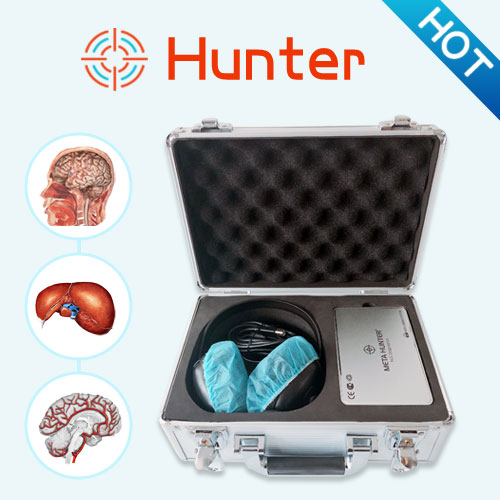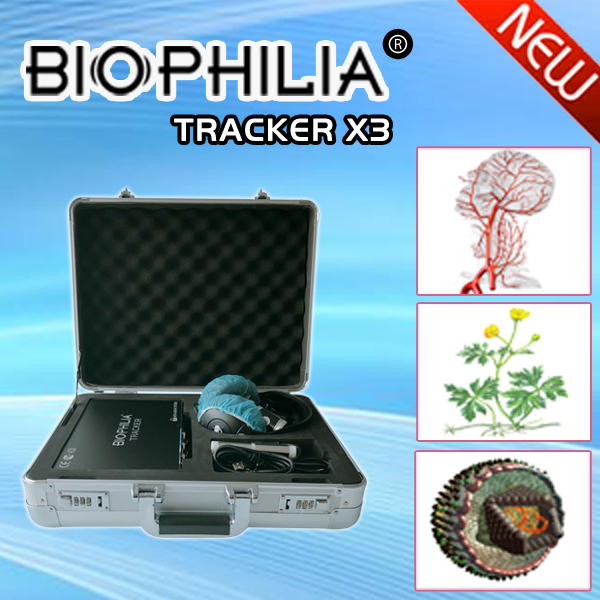What Is The Lyme Disease
Lyme disease is caused by spiral-shaped bacteria called Borrelia burgdorferi. It is carried by infected deer ticks. A tick becomes infected by feeding on an animal that carries the bacteria. Infected ticks then transmit the disease to humans. The bacteria travel through the bloodstream, causing a number of symptoms, including fever, headache, stiff neck, body aches and fatigue. Once a tick attaches itself to the body, it feeds on the person’s blood. As it is feeding, the tick infects the person with Lyme disease bacteria. The tick must be attached to the body for 36 to 48 hours to transmit Lyme disease.
Symptoms of early Lyme disease usually begin one to two weeks after a tick bite. The first symptom is a rash, which starts as a small red spot where the tick bite occurred. Approximately 90 percent of patients with Lyme disease have the rash as the initial symptom. Sometimes the rash looks like a bullseye, appearing as a red ring around a clear area with a red center. The rash is not painful or itchy and lasts about three to five weeks. As the infection spreads, rashes can appear at different sites on the body and grow larger.
In the early 1970s, a mysterious group of arthritis cases occurred among children living in Lyme, Conn. This is how the disease got its name. The U.S. Centers for Disease Control and Prevention estimates that approximately 300,000 new cases occur each year. The highest number of cases is found in children 2 to 15 years old and adults 30 to 55 years old. Ninety-five percent of cases in occur in 12 states: Maine, New Hampshire, New York, New Jersey, Pennsylvania, Massachusetts, Maryland, Delaware, Minnesota, Virginia, Wisconsin and Michigan. After treatment, a person can be reinfected at a later time. Ticks can be difficult to spot because they are no larger than the head of a pin. Because tick bites are painless, people may not realize they have bitten.
Stages of Lyme disease
Stage 1 is when the person becomes infected. A rash develops, and some people experience flu-like symptoms. Stage 2 occurs when Lyme disease bacteria spread throughout the body, producing symptoms seven to 14 days after the tick bite.
Stage 2 symptoms include headache, stiff neck, facial paralysis, tingling or numbness in extremities, abnormal pulse, sore throat and fever. Approximately 50 percent of untreated patients suffer from stage 2 symptoms.
Stage 3 involves symptoms in various organs. Symptoms include arthritis of one or two large joints; disabling disorders such as confusion; short-term memory loss; inflammation of the heart and tissue surrounding the brain; and numbness in the hands, legs and feet. For some patients, symptoms persist for months or even years.
How Is Lyme disease diagnosed and treated?
Because symptoms may resemble other types of disorders such as ringworm infection and spider bites, laboratory tests are done to confirm that an individual has Lyme disease. If a person has a rash that resembles a bullseye, the person is automatically diagnosed with Lyme disease and treatment starts.
Lyme disease is treated with antibiotics. Depending on the antibiotic selected, you may have to take medication for up to 21 days. Even if your doctor is not sure you have Lyme disease, he or she may still prescribe antibiotics. Complete recovery from Lyme disease is extremely likely. If antibiotic therapy is started in the early stages of Lyme disease, recovery will occur within one to two weeks. When treatment is delayed, response to treatment may be slower, but most people will have a complete recovery. In these individuals, it may take weeks or months for the symptoms to go away.
Steps to Reduce Lyme Disease
1. Wear long pants and long-sleeve shirts. Tuck shirts into pants and pant legs into socks to keep ticks on the surface of your clothing.
2. Wear light-colored clothing. It makes it easier to spot ticks.
3. Spray clothing with the repellent permethrin, which can be purchased in lawn and garden stores. Never apply permethrin directly to the skin.
4. Spray exposed clothing and skin with a repellent containing 20 percent to 30 percent DEET to prevent tick bites. Children should not be exposed to products containing more than 10 percent DEET.
5. Pregnant women should avoid areas known to have ticks. Lyme disease can be transmitted to the fetus.
6. Keep long hair tied back.
7. Avoid sitting on the ground.
8. Avoid wooded areas and shady grasslands. Deer ticks are common in these areas.
9. Clean your backyard, and remove yard litter that may attract deer and rodents.
10. Once indoors, check for ticks, especially on the hairy areas of the body. Wash all clothing that was worn.
11. Before letting pets indoors, check for ticks. Pets can also develop Lyme disease and should wear a tick prevention collar.
12. Be extra cautious during June and July. This is the height of tick season.
In addition, frequent use of 3D-NLS can help you to detect Lyme disease, so get treatment as soon as possible to ensure your health.
This article is provide from [Metatron 4025 hunter],please indicate the source address reprinted:http://www.healthycarer.com/news/other/1175.html






